Keraton Ngayogyakarta Hadiningrat is the official palace of the Sultanate of Ngayogyakarta Hadiningrat which was established in 1755 and is located in the city of Yogyakarta. According to the Giyanti Agreement, the Mataram Kingdom was divided into two, namely Kasunanan Surakarta Hadiningrat which was led by Susuhunan Paku Buwono III and Kasultanan Ngayogyakarta Hadiningrat which was led by Prince Mangkubumi and held the title Sultan Hamengku Buwono I.
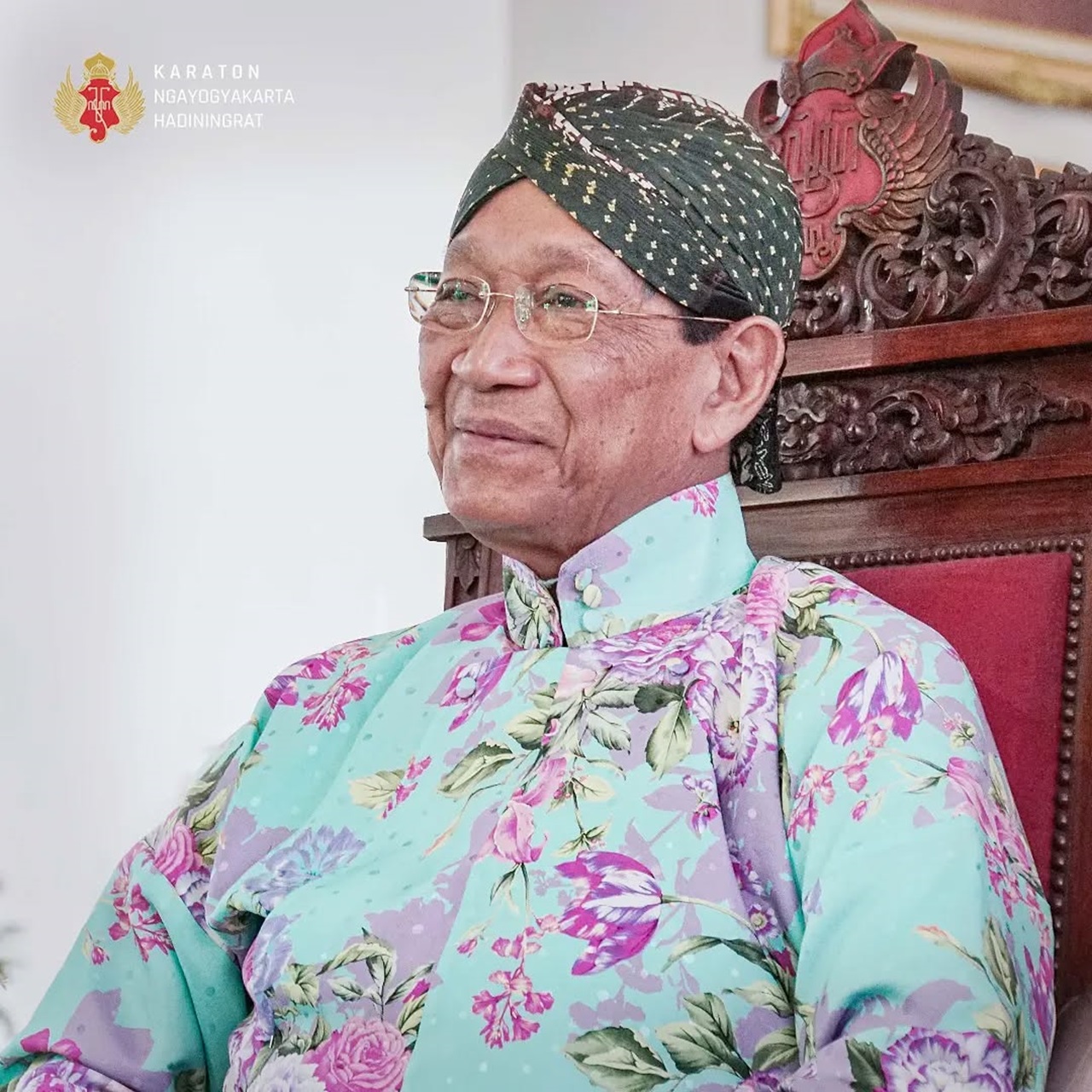
The Yogyakarta Palace is 14,000 square meters, and inside, there are many buildings used as residences for the sultan and his family, as well as palace servants. The Palace area has been designated as one of the cultural heritages in Yogyakarta, based on Governor's Decree No.186/2011, which includes the area within the Baluwarti fort and part of the area in Mantrijeron, Mergangsan, Gondomanan, and Ngampilan.
In 2017, Governor Regulation No. 75/2017 combined the Malioboro cultural heritage area with Baluwarti into one area, the Keraton Cultural Heritage Area. The shape of the Keraton building is influenced by Portuguese, Dutch, and Chinese influences.
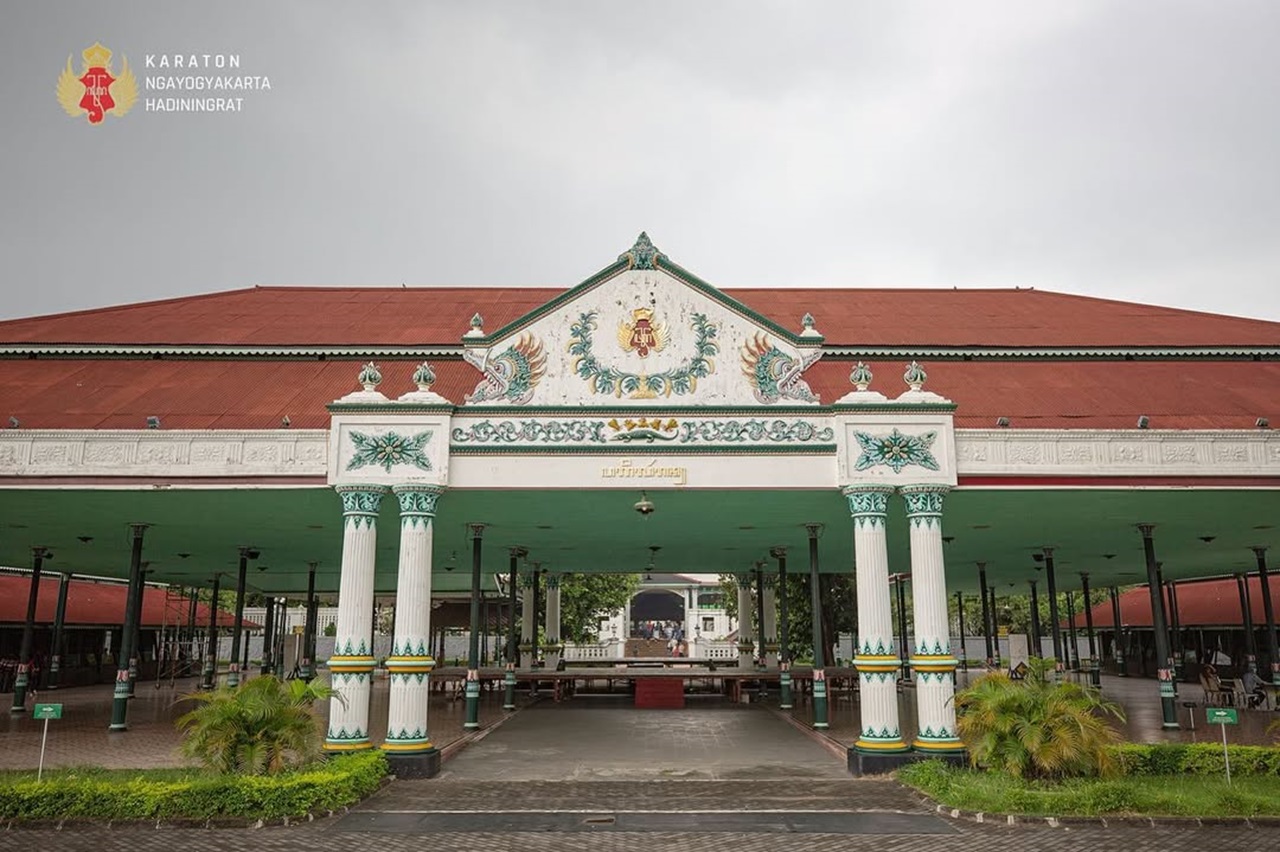
The architecture of the Keraton was designed directly by Sri Sultan Hamengkubuwono I, who was also the founder of the Ngayogyakarta Hadiningrat Sultanate. The spatial layout of the Yogyakarta Palace also has four important elements: politics (Palace and Kepatihan), religion (Gedhe Mosque), economy (Gedhe Market), and social (Alun-Alun).
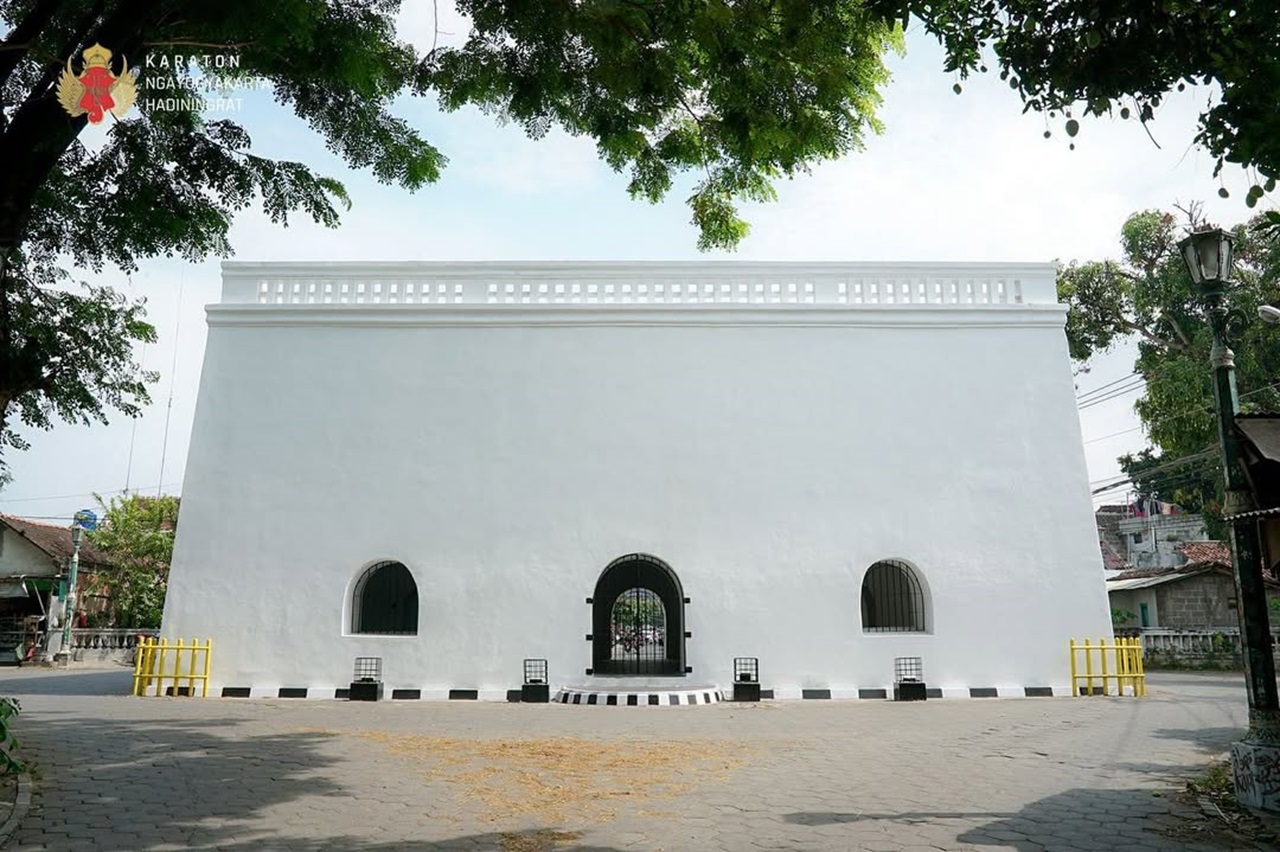
The Yogyakarta Palace area also has several historical sites that can still be visited today, such as Tamansari, Sonobudoyo Museum, and Benteng. The Ngayogyakarta Hadiningrat Palace is a living monument full of meaning and a priceless cultural heritage whose authenticity must be maintained.
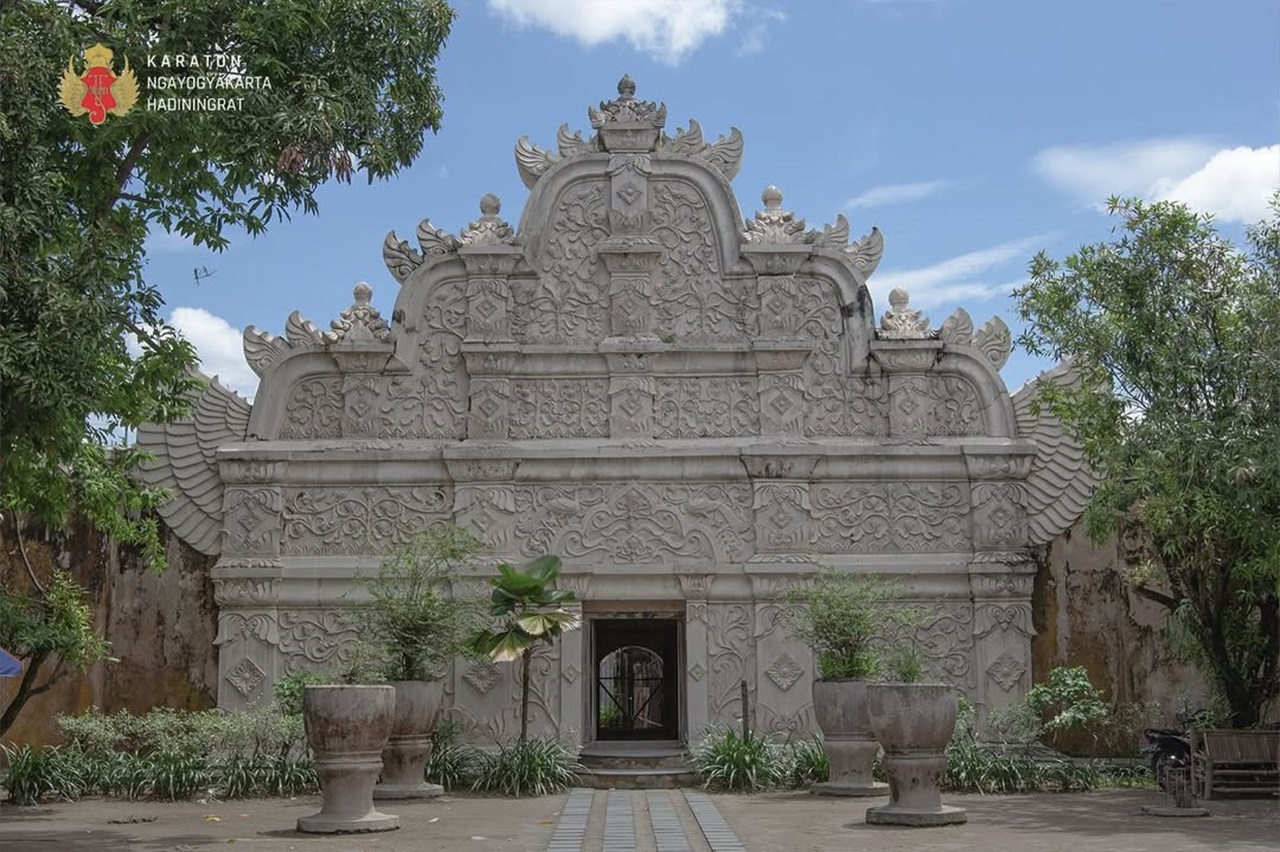



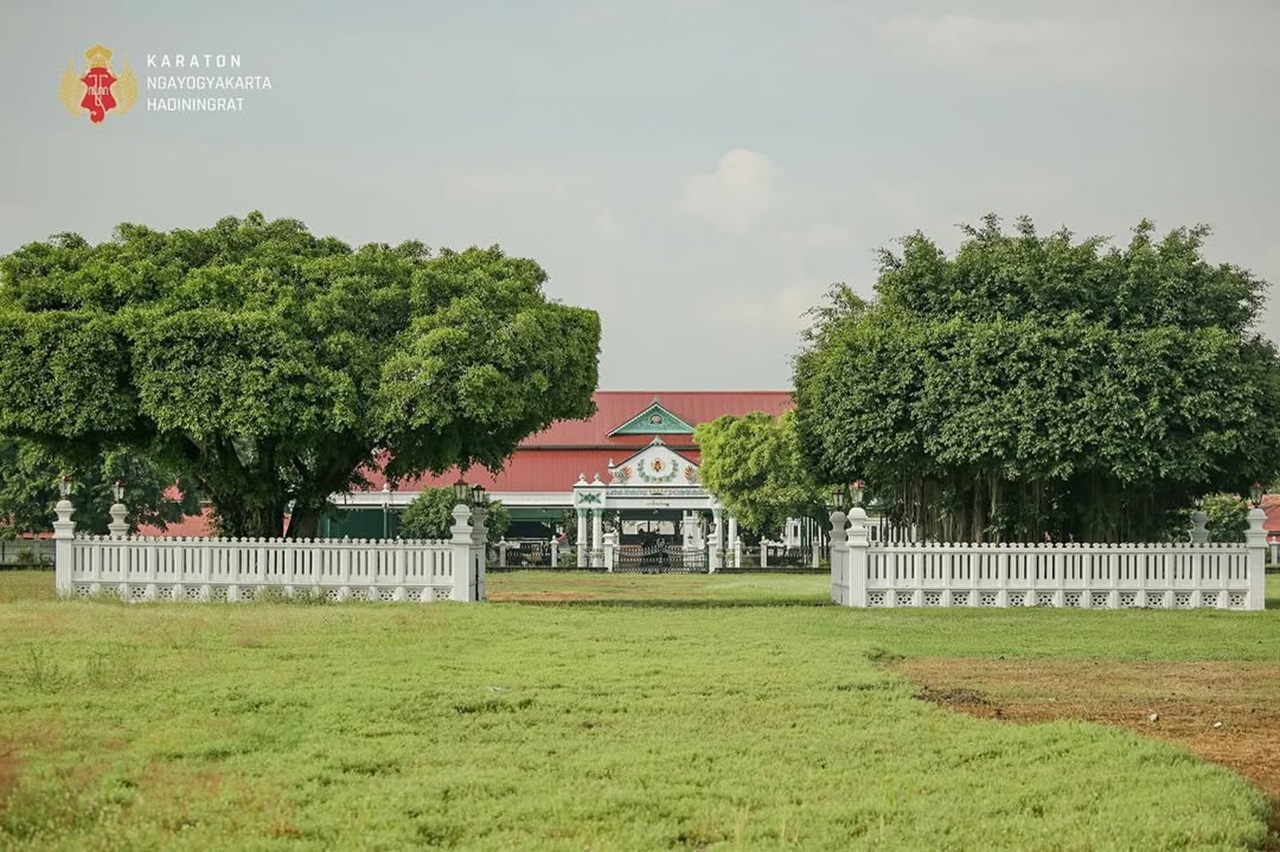
 Annissa Wulan
Annissa Wulan
 Jan 07, 2025
Jan 07, 2025